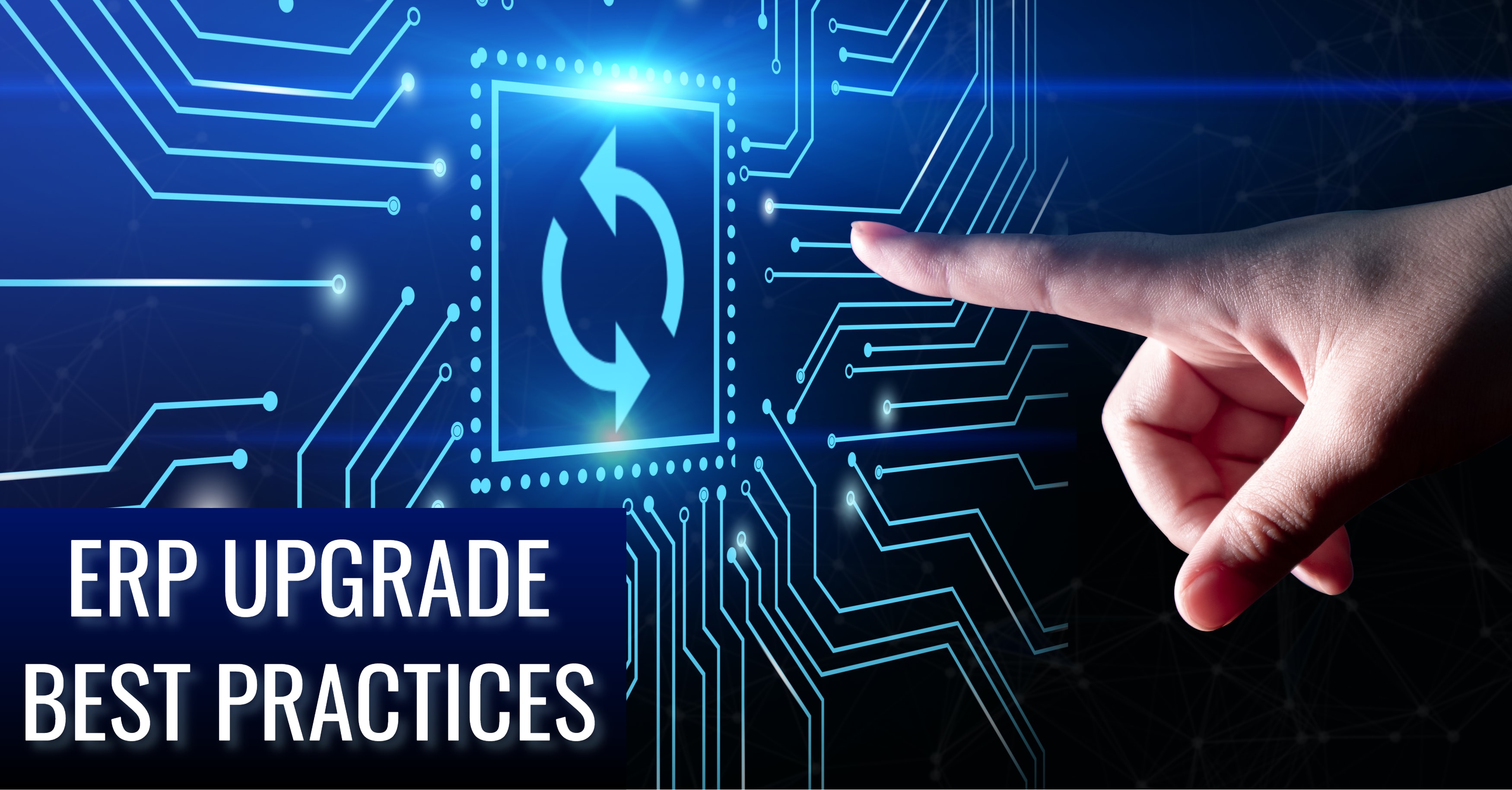Tips for ERP Upgrade Success
Since the latest version of Epicor 10 is expected to roll out soon with some new AI and IoT enhancements, you might be wondering if it’s time to start planning your ERP upgrade. Upgrades are essential for expanding the lifetime of your software. Without them, your ERP will start to slow down and experience bugs, making your processes and data susceptible to critical errors and downtime.
But an upgrade is only worth doing when it’s executed correctly. Below, we list five best practices to make your ERP upgrade a success.
1. Assess Needs
Before you start putting your project team together and setting a go-live date, find out if the upgrade is in your organization’s best interest. Though upgrades are important, upgrading to every single new version of your software could exhaust your resources and take up too much time. Research the new release and perform a cost analysis to determine if the project will generate ROI. Bring executives, IT personnel and managers into the decision-making process early on to get different perspectives on this undertaking’s potential risks and benefits.
You might also find out during this stage that a reimplementation is a better approach than an upgrade. Moving from Epicor 9 to 10 is easily achievable through an upgrade, especially when you team up with expert consultants. However, if you’re operating a legacy system such as Epicor Enterprise, Vantage or Vista, an upgrade is too complex. A reimplementation will produce better results and allow you to start fresh on a modern ERP solution.
2. Analyze Current Processes
An ERP upgrade serves as an opportune time to evaluate current business processes and identify areas in need of improvement. Undergo business process modeling to visualize your current workflows, review metrics and speak to end users and managers throughout your enterprise. Where are you experiencing delays or information gaps? Are users happy with their reports and interfaces?
Once you’ve uncovered issues, redesign workflows and set functional requirements for your upgrade. Learn how features in your upgraded software will impact your processes and support new business goals. With documented workflows and functional requirements, you’re well on your way to accomplishing an ERP project that optimizes your operations.
3. Archive Data
Migrating all your data into the new solution is a bad idea. Chances are, your current ERP data isn’t pristine. Transferring inaccurate and outdated data into your upgraded system will make your project more complex and inhibit your software’s reporting and analytics ability. Only migrate clean and up-to-date data into your new system to facilitate strong performance.
But that doesn’t mean the rest of your data should get thrown out. Some of your legacy data is essential for compliance, particularly if you’re in a highly regulated industry. Transferring all this information into your upgrade will slow down processes and disrupt the user experience. By archiving this data, you can keep information on hand for compliance without bogging down your upgraded ERP.
4. Evaluate Customizations
Several manufacturers and distributors avoid the upgrade process because of their customizations. To maintain custom features, project teams must reapply or retrofit them for each new software release. This adds considerable complexity to your project, but as we explained in the introduction, refusing to upgrade isn’t an option.
As you assess technical requirements for your ERP upgrade, determine whether your customizations are worth keeping. Process changes or new software tools might render some of your customizations useless. To make your project less complicated, forgo transferring any unnecessary custom features.
5. Don’t Cut Corners
Upgrades take substantially less time and money than implementations, but both processes share many similarities. Planning, change management, testing and several other stages essential for ERP implementation success are also essential for your upgrade. Cutting corners during your upgrade won’t end well for you. Refusing to offer training, perform a mock go-live or follow other best practices will lead to errors and poor user adoption. By adhering to best practices throughout your upgrade, you can gain incredible advantages at the fraction of the cost of your original implementation.
Wrap Up
ERP vendors are constantly expanding their solutions and introducing cutting-edge features to help businesses optimize their performance. But the only way to enjoy these new developments is to successfully upgrade your software.
At Datix, our ERP consultants have the expertise to adhere to best practices, so you can move up to the latest version of Epicor without hassle. An Epicor Gold Partner, Datix has been committed to transforming businesses through software for over 20 years. We offer comprehensive ERP services and solutions to help manufacturers and distributors of all sizes to maximize the value of their software investment.
Take advantage of the latest innovations in enterprise software. Contact our ERP experts today to start your Epicor upgrade!
{{cta(‘770c1544-d87d-4acb-9fc4-7a25e1385094′,’justifycenter’)}}


